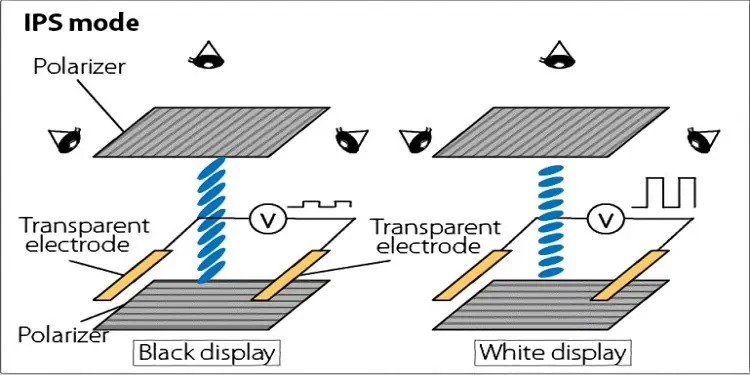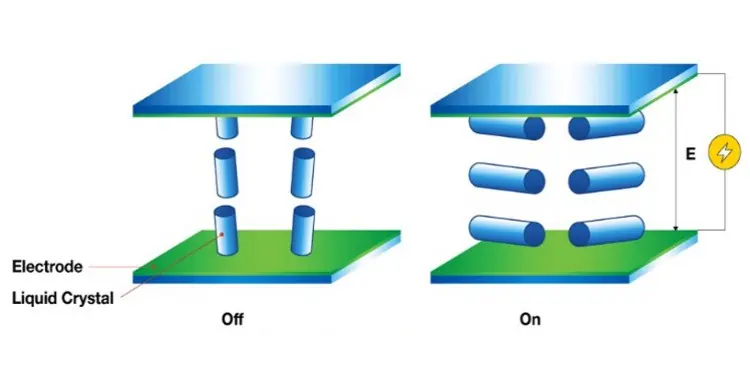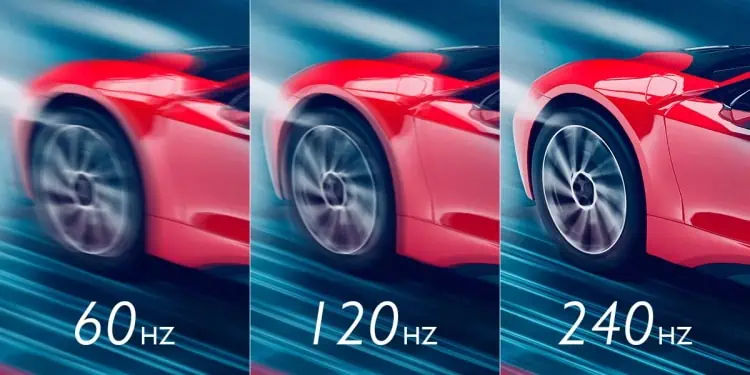In Plane Switching (IPS) and Vertical Alignment (VA) are the two best middle-ground LCD display technologies available today. So, if you’re looking to buy a new monitor or a TV, you might be wondering whether to get an IPS or a VA panel for your display.
When it comes to their display, users generally focus on parameters such as color reproduction, contrast ratio, viewing angles, refresh rates, response time, ghosting, etc depending upon their use case. You might prefer a stronger performance in one area while you might not care much for another. The type of your workload and budget might come into consideration.
So what is your use case, and which panel best suits your needs? We will dive into details about all these things in the article below.
![]()
What is an LCD Display Technology
ALiquid Crystal Display(LCD) is a flat panel display that uses light modulation via liquid crystals, in conjunction with polarizers and a backlight to display an image on the screen.
The backlight produces light, which gets polarized by the filters. Liquid crystals in certain orientation allow the polarized lights to pass through them while in a different orientation, the passage of light is blocked.
The Liquid Crystal layer determines the intensity and the color of the light that is let through to produce the desired image.

A matrix of liquid crystals, polarizers, and backlights can be arranged to produce tiny dots on a screen, which are effectively pixels.
There are different types of LCD display technologies available, viz., Twisted Nematic (TN), In Plane Switching (IPS), and Vertical Alignment (VA). Their variation comes from the initial arrangement of liquid crystals and their behavior when a voltage is applied.
What is an IPS Panel?
An IPS panel has liquid crystals sandwiched between two glass surfaces. The crystals are arranged in a plane parallel to the display (in-plane). Applying an electric field to the crystals rotates them in-plane, allowing for passage of polarized light, which creates a display on the display surface (screen).

Talking about panel performance, IPS panels do well in Adobe RGB and Rec.2020 color spaces. However, their lower performance in contrast ratio can be undesirable when dealing with contrast heavy works. They are able to attain sufficient brightness to perform under daylight.
Among every available display technologies today, IPS panels currently have the highest refresh rate. However, IPS panels generally are affected by IPS bleed, which is an undesirable quality in a display panel.
A VA panel has its liquid crystals suspended in a vertical orientation to the plane of display (glass substrate). These are arranged to not allow polarized light to pass through when no electric field is present. But when a voltage is applied, the crystals shift to a tilted position, allowing light to pass through, which can then hit the screen and produce a display.

VA panels have a decent coverage of sRGB and DCI-P3 color gamuts, which is suitable for video playback and playing video games. In addition, most VA panels available in the market today are curved screens, which can help with the experience of immersion. VA panels are also able to achieve the highest contrast ratio for an LCD panel, which is a desirable feature for enjoying HDR contents.



